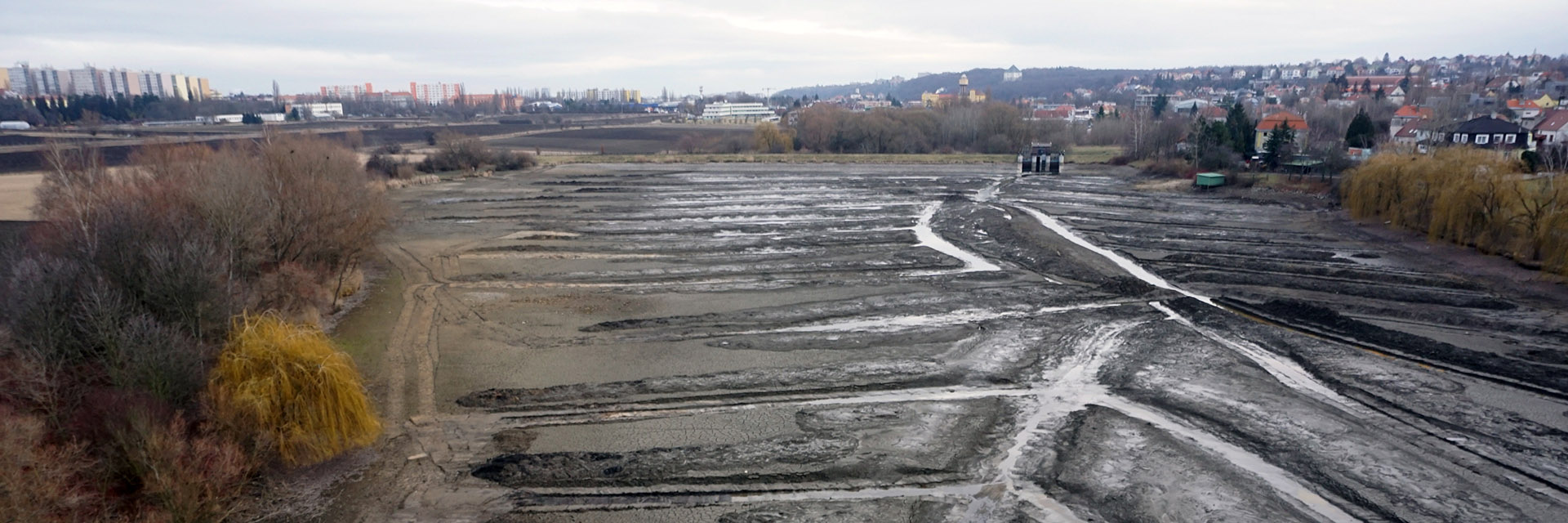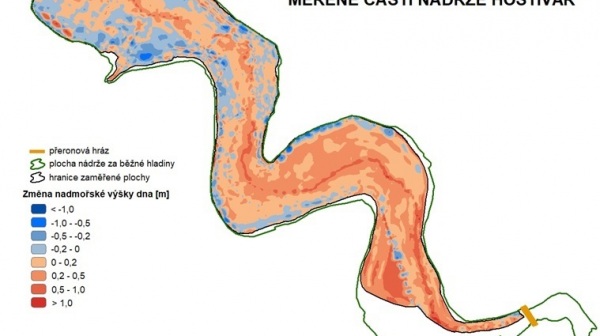Project background
In terms of extreme weather events, and from the point of view of the sustainable use of water resources, it is important to keep surface water resources in such a state that they can fulfil their purposes during flood events and in times of drought. Section 59 of Act 254/2001 Coll. on Waters on the Amendment of Other Acts requires reservoir owners to comply with, inter alia, the conditions and obligations under which the reservoir was permitted and put into operation. Action III of the project “Recreational potential of water in Prague – state and prospects” dealt with the design and verification of tools and methodologies for effective maintenance and operation of water reservoirs in urban areas (or their vicinity), where they also play an important role as major landscape features. Effective and efficient maintenance of these reservoirs will enable not only the extension of reservoir service life, but also possible modernization, modifications of its concept, and so on.
Project aims
Several project aims have been defined:
- verify the application potential of the technology for bathymetric and sonar measurements using the examples of Hostivař, Džbán, and Jiviny reservoirs,
- evaluate and verify measuring technologies,
- design a model solution,
- design a maintenance procedure for water reservoirs,
- popularize and promote the procedures used and results.
Project methodology
The main component of the project is compiling a methodology for optimizing the maintenance procedure of water reservoirs in urban areas (or their vicinity) of towns and municipalities, using the example of Hostivař and Džbán reservoirs. This procedure includes using state-of-the-art technologies for measuring bathymetry and monitoring the bottom of a drained reservoirs using a drone. The measurement also includes, for example, the possibility of standardized sediment sampling and subsequent laboratory determination of pollutant concentrations, which is necessary to estimate the economic complexity of the extraction of these sediments and their subsequent disposal, or their use. Furthermore, the possibilities (limits) of remote technologies were examined to ensure a survey of underwater reservoir constructions and their components. The acquired knowledge is used to diagnose the condition of dam structures and hydraulic structures (HS) in terms of their safety, operational reliability, possible causes of failures and the consequences. The interpretation of all the results obtained will be aimed at planning effective corrective measures so that the reservoir purposes are met.
You can read detailed information about the project here (in Czech).



